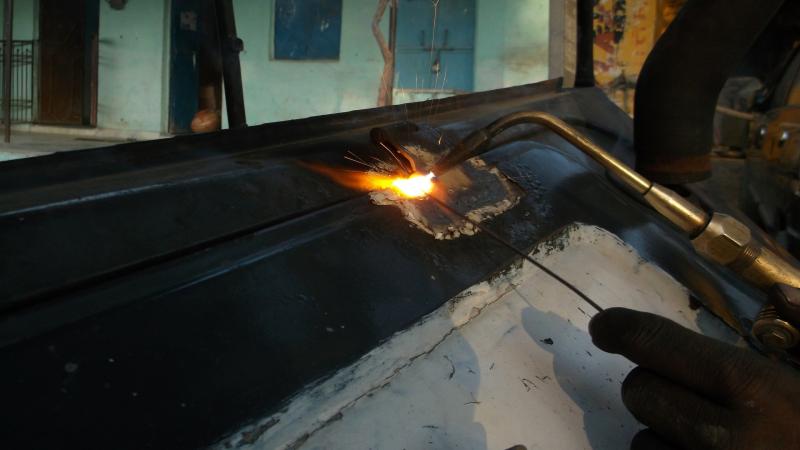
Welding is a process that has been used to sculpt metal from the renaissance periods. Over the ages, it has become one of the key processes in making several consumable and artistic materials. Though there is mechanization in most industries, this field still has over 5 million people working in it. The massive industry, comes with its own set occupational hazards. Welding releases a cocktail of toxic gases, heavy metals and nanoparticles. Even upon exercising great care and protection, these substances can still be inhaled by the workers. Moreover, most welders do not use proper gear, hence inhale several of the aforementioned chemicals.
A recent study conducted using rats as model organisms showed a direct correlation between inhalation of stainless steel welding fumes and its negative impact. Chromium (Cr) is seen in very high concentrations in the lung tissue of the mice exposed to these fumes. It exists in two oxidation states – Cr(VI) and Cr (III) of which Cr(VI) is soluble and passes through the cell membrane, deeming it more toxic than the insoluble Cr(III) ions.
Cr(VI) interacts with DNA directly or indirectly through the formation of reactive oxygen species(ROS) causing oxidative stress via breaks in the DNA strands. This puts cells in a precarious state where they need to rescue their DNA from further damage, failure to do which , would result in cell death. Cells minimize the damage using antioxidants and DNA repair systems that arrest the cell cycle to counter the effect and minimize DNA damage, including via the NFĸB (a protein that helps in sensing cellular stress) and Nrf-2 (a protein that activates the production of antioxidant proteins) systems. However, if the damage is beyond repair, cells elaborately plan their death in a process called apoptosis. Apoptosis of cells was observed in the rats, showing the extent to which the fumes have caused damage.
The bottom line is, our cells have many repair systems in place to deal with DNA damage that could arise on exposure to various substances, one of them being Cr (VI). However, when push comes to shove and the damage reaches the point of no return, some cells sacrifice their lives for the greater good. Unfortunately, we do not yet know if our cells have a strategy to combat the chronic exposure that thousands of welders face on a daily basis.
